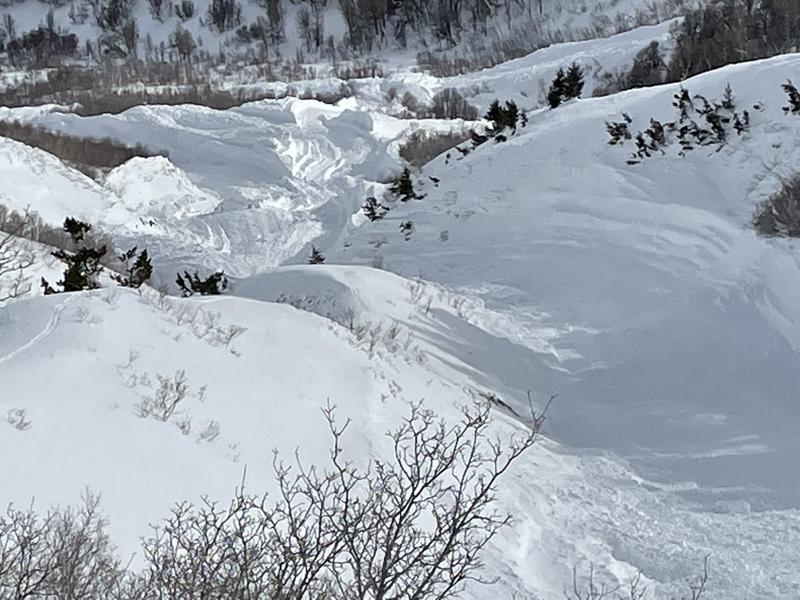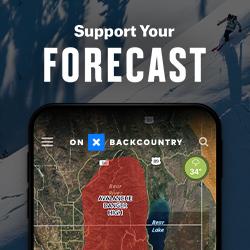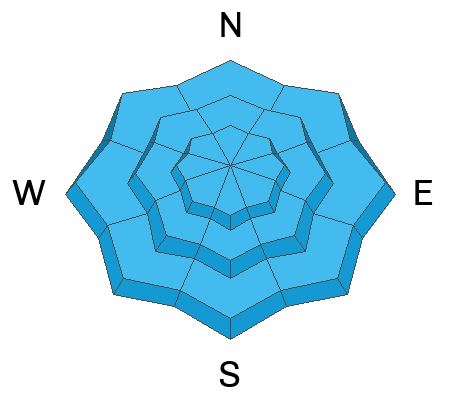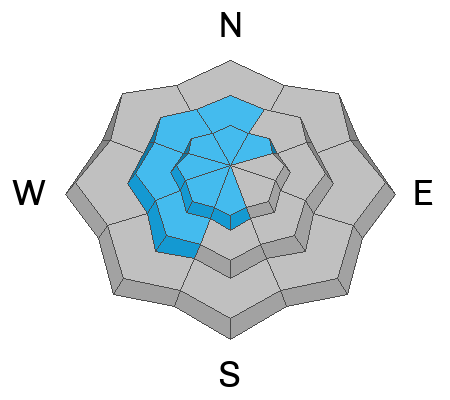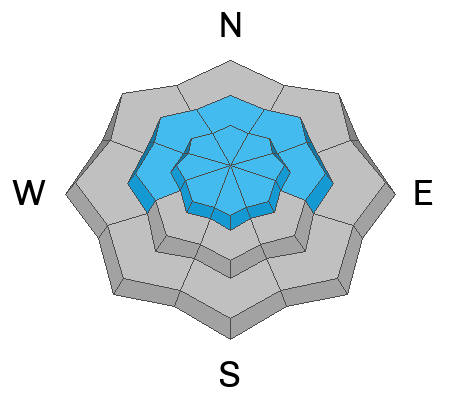Forecast for the Logan Area Mountains

Issued by Toby Weed on
Sunday morning, January 15, 2023
Sunday morning, January 15, 2023
Heavy snowfall and drifting from winds blowing from the southeast will cause the avalanche danger to rise to CONSIDERABLE today on mid and upper elevation slopes facing every direction. Human triggered avalanches of storm snow will become likely on slopes steeper than 30°. People could trigger avalanches of wind drifted snow and sensitive wind slabs may be forming in unusual or unexpected places due to this morning's east wind. In some places, smaller avalanches overrunning a slope with poor snow structure could trigger larger, harder, and very dangerous avalanches failing on our now deeply buried persistent weak layer.
Cautious route-finding and conservative decision-making will be essential in the backcountry today.
Cautious route-finding and conservative decision-making will be essential in the backcountry today.
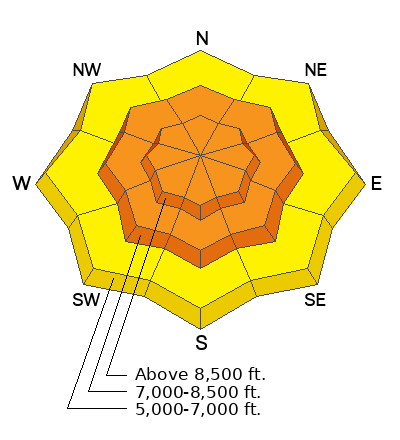
Low
Moderate
Considerable
High
Extreme
Learn how to read the forecast here



